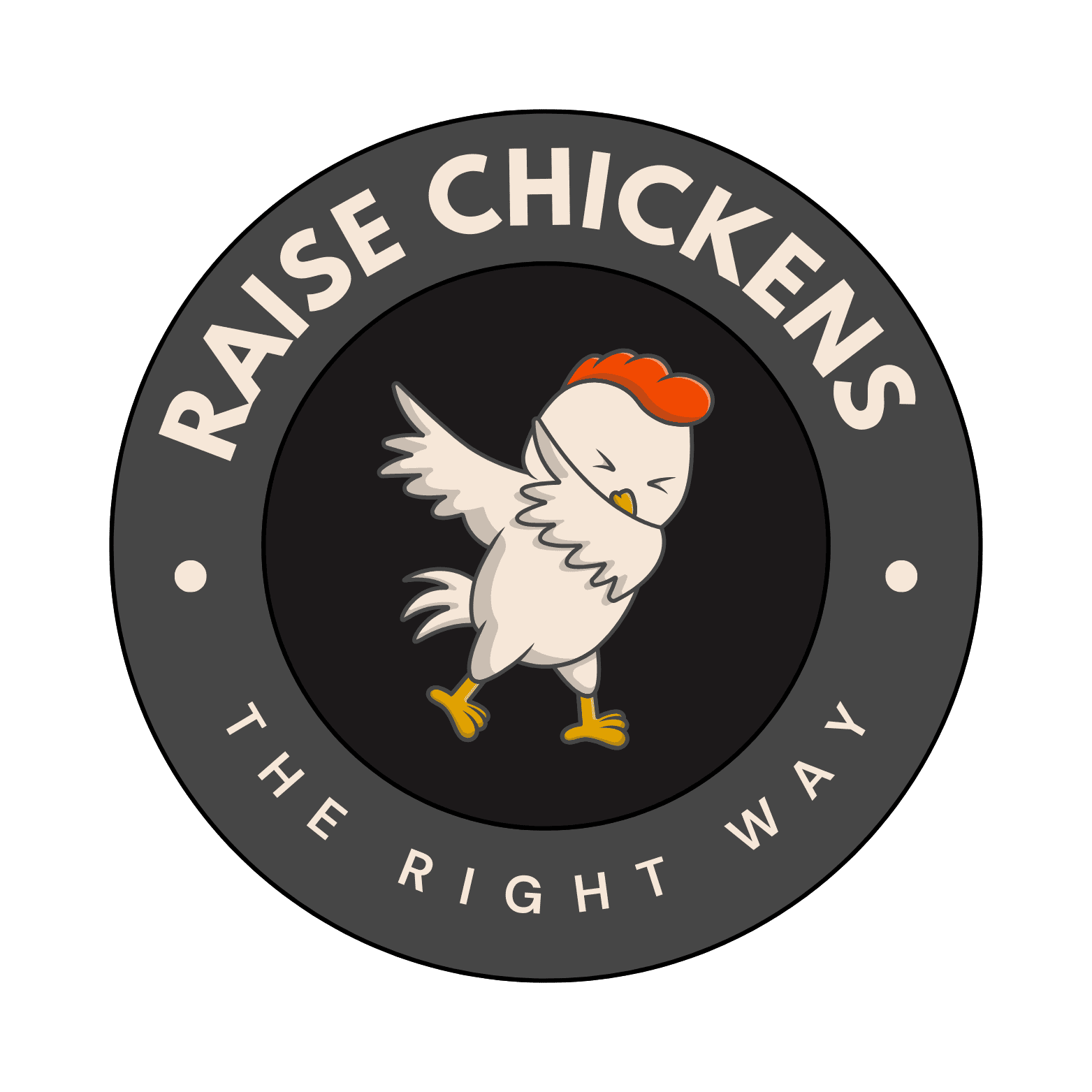Over my 20+ years of raising chickens, I’ve encountered numerous health challenges, but Air Sac Disease is one that consistently keeps farmers on their toes. Today, I’ll share my firsthand experience dealing with this respiratory condition that can wreak havoc in your flock if left unchecked.
Understanding Air Sac Disease in Chickens
I remember the first time I noticed something wasn’t quite right with my flock. One morning, I heard unusual breathing sounds coming from the coop, and that’s when my journey with Air Sac Disease began. This respiratory infection primarily affects the air sacs in chickens’ respiratory systems, and it’s more common than you might think.
Recognizing the Warning Signs
Through years of observation, I’ve learned to spot the telltale symptoms quickly. When your chickens show these signs, it’s time to take action:
The Hidden Complexity of Air Sac Disease
Here’s something that took me years to fully understand – Air Sac Disease isn’t always a standalone problem. In fact, it’s often secondary to other infections. I’ve seen cases where what started as a simple cold developed into Air Sac Disease because the chicken’s immune system was compromised.
Treatment Approaches That Work
From my experience, successful treatment involves a multi-faceted approach. The first thing I always do is isolate affected birds. Trust me, I learned this the hard way after watching the infection spread through half my flock years ago. Once isolated, I start them on a course of antibiotics prescribed by my veterinarian.
My Proven Treatment Protocol
Here’s the step-by-step process I’ve refined over the years:
Prevention: The Best Medicine
I can’t stress enough how crucial prevention is. After dealing with several outbreaks, I’ve implemented strict biosecurity measures on my farm. This includes regular coop cleaning, proper ventilation, and controlling moisture levels. I’ve found that maintaining a clean, dry environment significantly reduces the risk of respiratory infections.
Environmental Factors Matter
One thing that’s often overlooked is the role of environmental stress. I’ve noticed that Air Sac Disease tends to crop up more during seasonal changes or when there’s overcrowding in the coop. That’s why I make sure my chickens have plenty of space and protection from harsh weather conditions.
The Recovery Process
Recovery from Air Sac Disease isn’t always straightforward. I’ve had birds bounce back within a week, while others took several weeks to fully recover. The key is patience and consistent care. I always continue treatment for a few days after symptoms disappear to prevent relapse.
Long-term Management Strategies
After experiencing multiple cases over the years, I’ve developed some long-term management strategies. Regular health checks, maintaining optimal nutrition, and keeping detailed health records have become crucial parts of my farming routine. I’ve found that these practices not only help prevent Air Sac Disease but also improve overall flock health.
When to Seek Professional Help
While I’ve become quite experienced in handling Air Sac Disease, I still maintain a strong relationship with my veterinarian. If you’re new to chicken farming, don’t hesitate to seek professional help, especially if you notice symptoms getting worse despite treatment.
